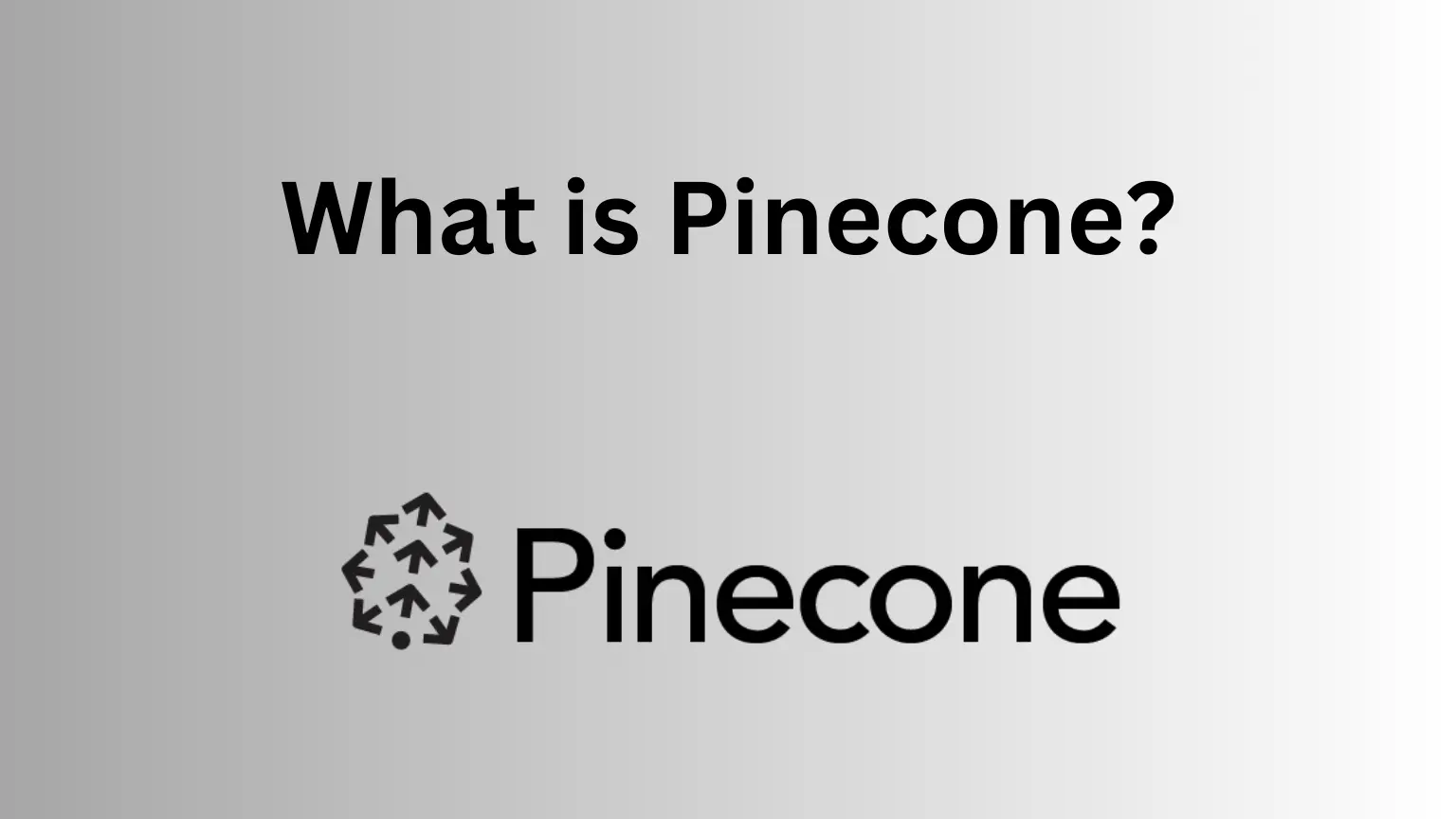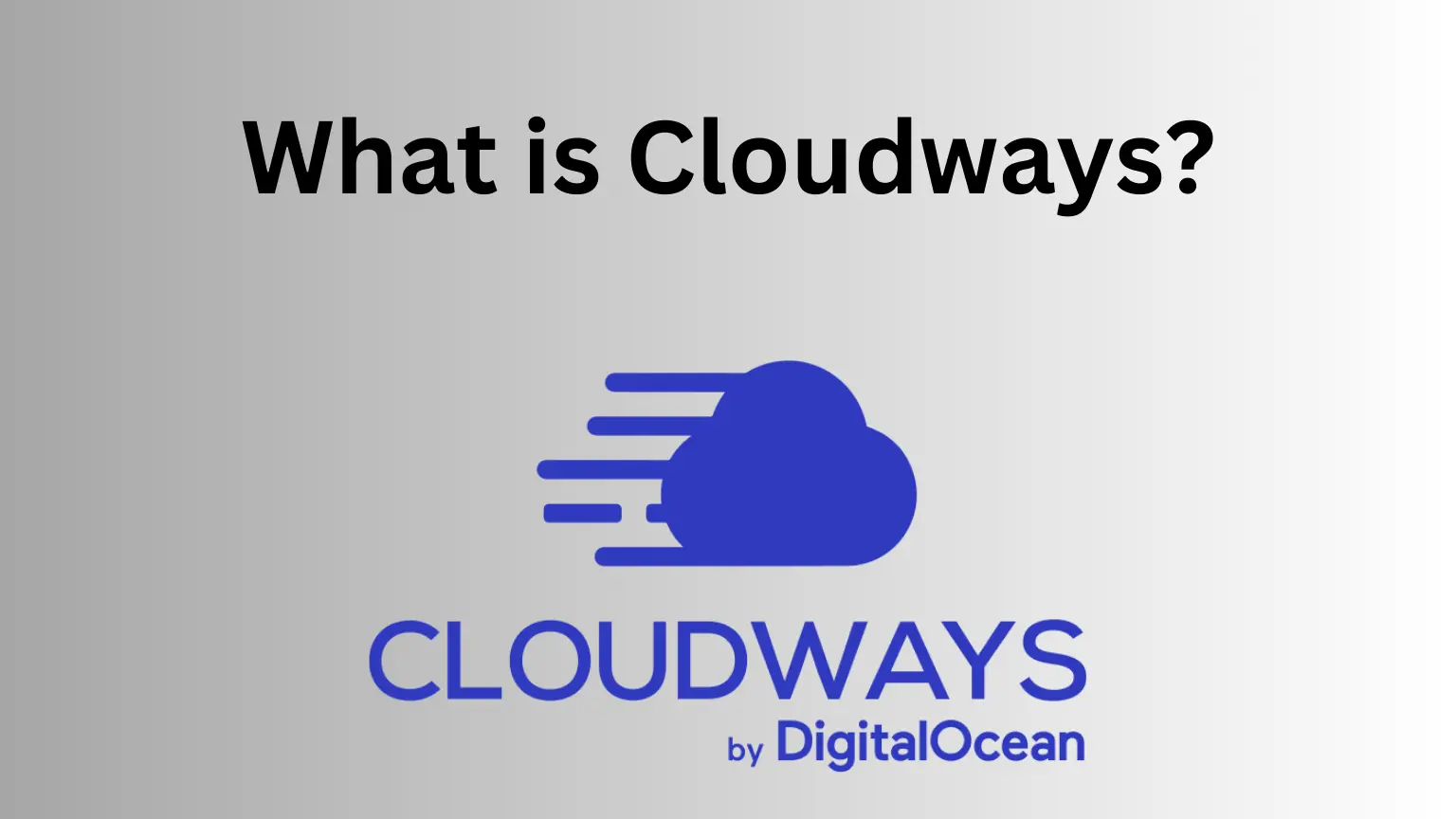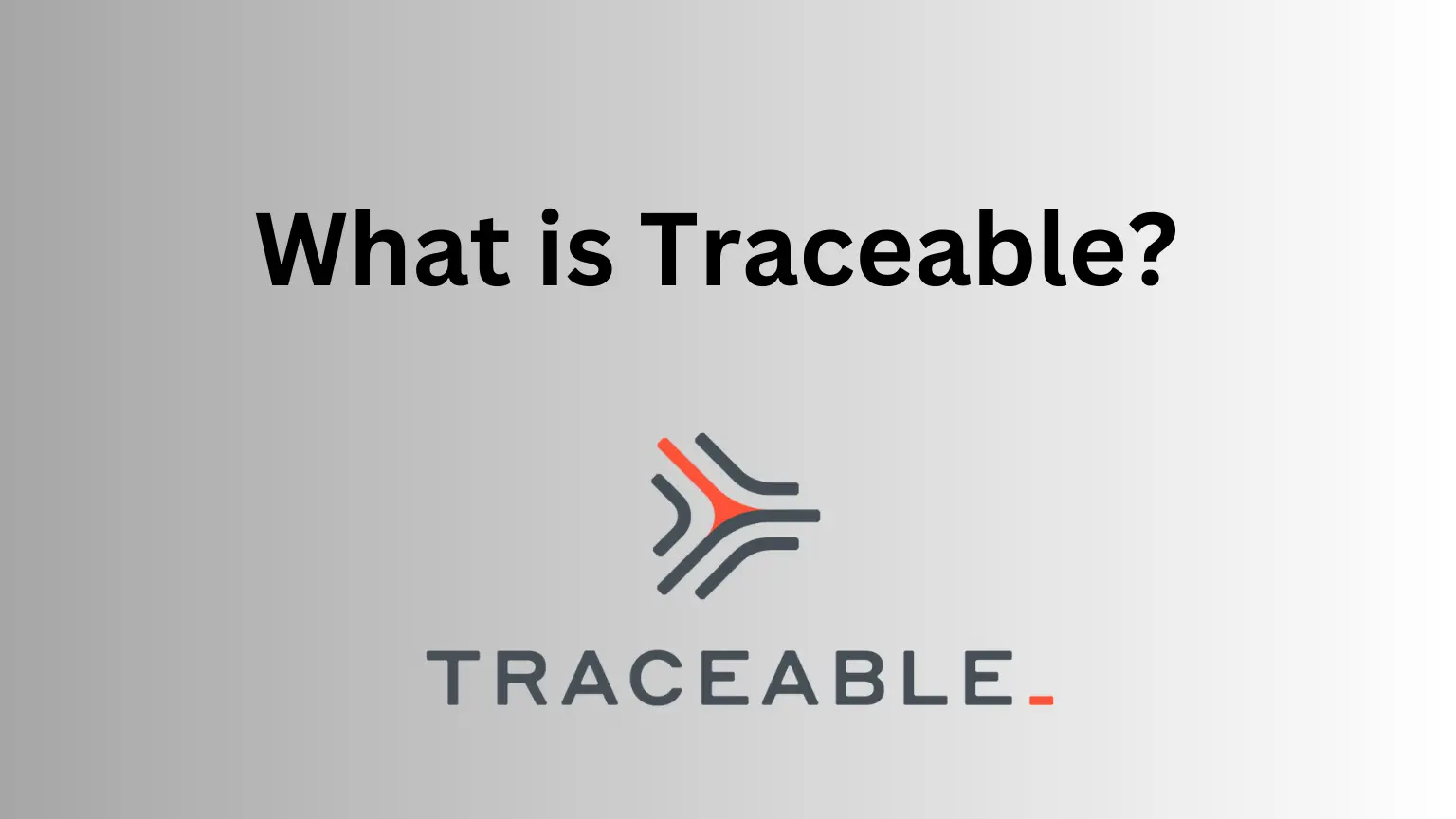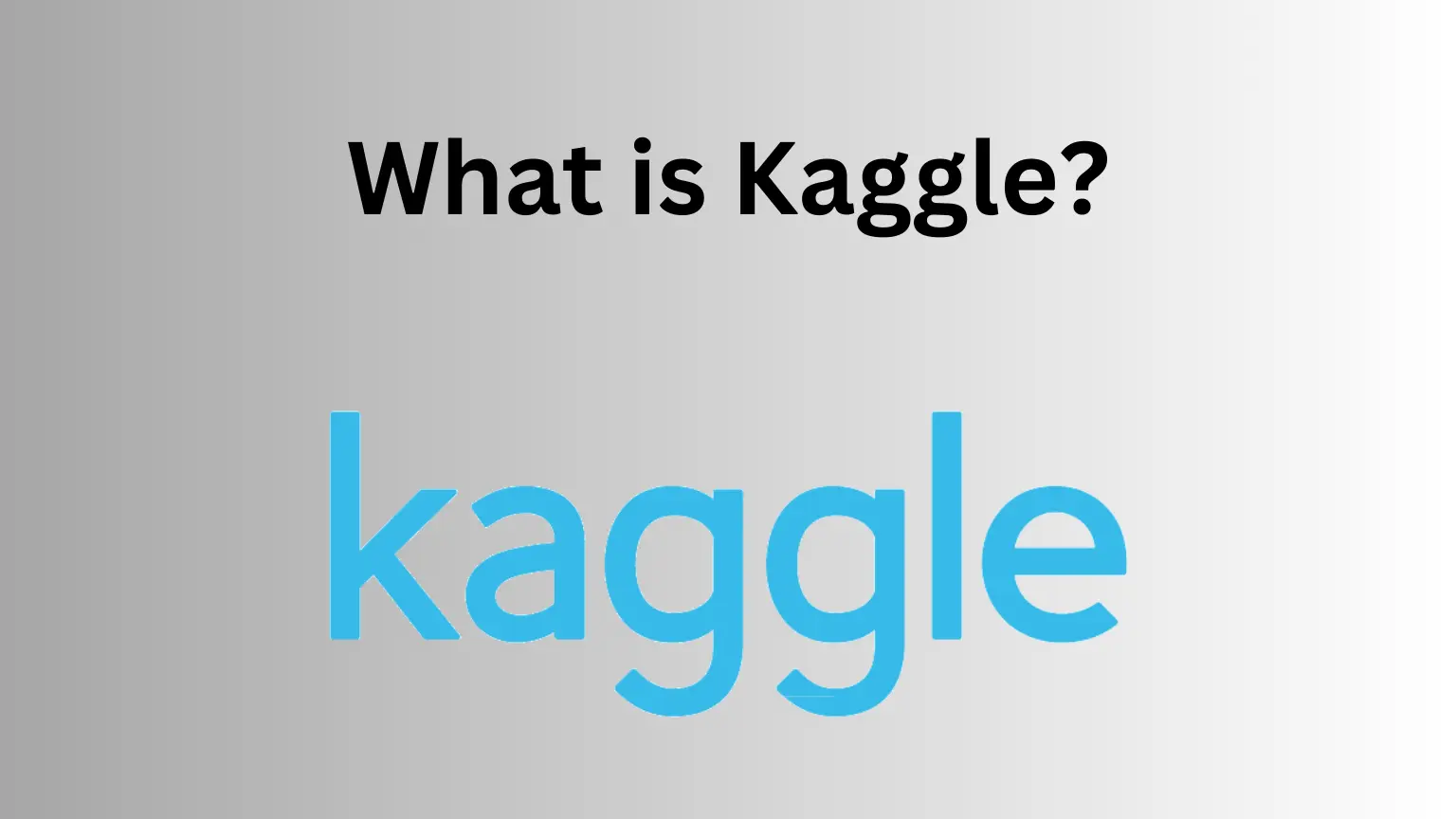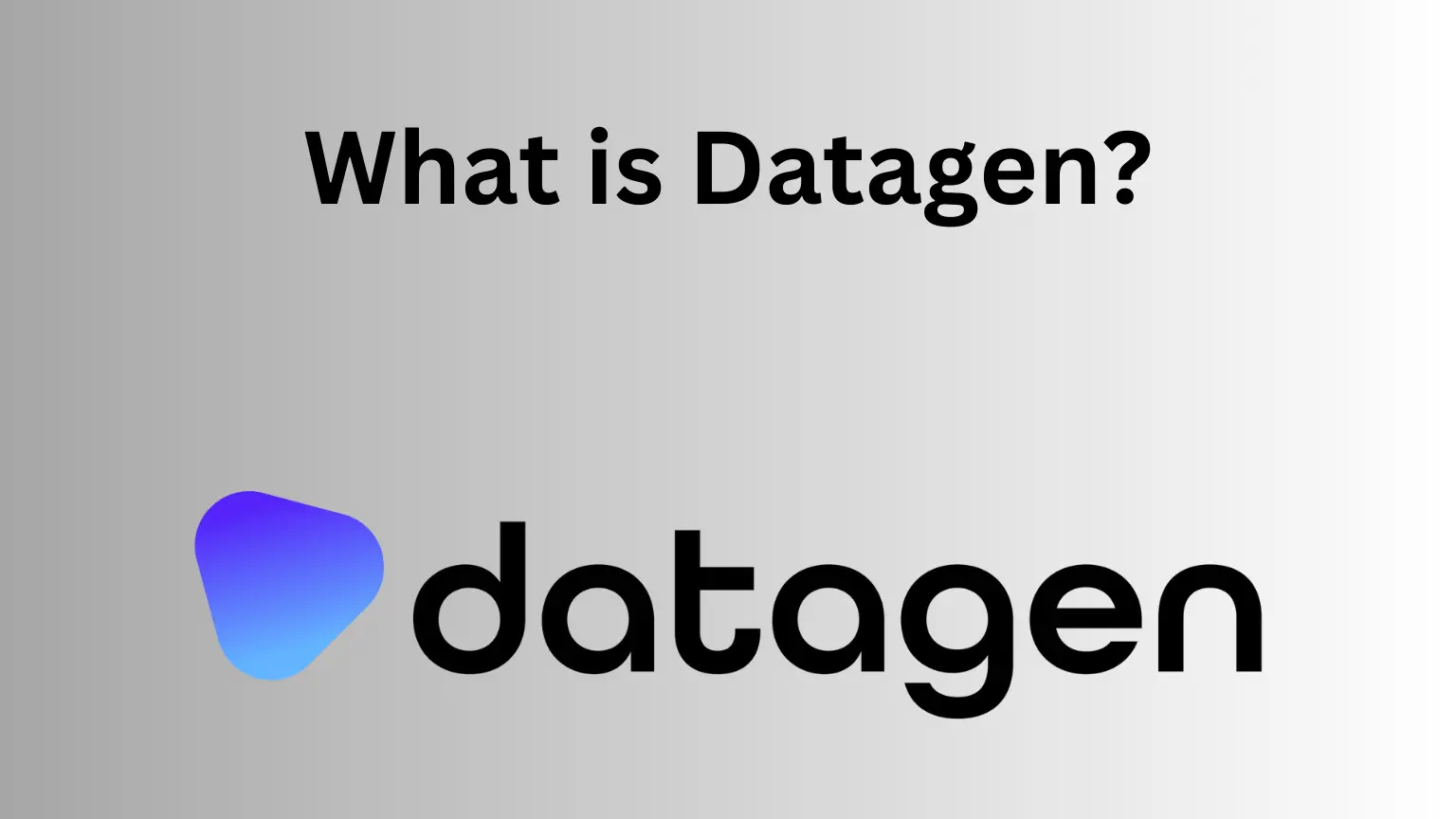Data labeling is a crucial step in the development of machine learning models. It involves the process of annotating data with labels that can be used to train and test machine learning algorithms. However, choosing the right labeling method can be a challenging task, as it depends on the specific use case and the type of data being labeled.
In this article, I’ll explore the best ways to label tools for data labeling in machine learning and will delve into different methods, discussing their strengths and weaknesses and providing examples of their use in real-world applications. By the end of this article, you will have a better understanding of the different ways to label tools and be better equipped to choose the right labeling method for your specific use case.
How Do Neural Networks work? | Learn Artificial Intelligence in Less than 10 Minutes
Best Ways to Label Tools
1. Bounding Boxes
Bounding boxes are a popular labeling method for object detection tasks, where the goal is to identify and locate specific objects within an image or video. A bounding box is a rectangular box that is drawn around an object in an image or video frame. The box is labeled with the class of the object it contains. For example, in an image of a street scene, a bounding box might be drawn around a car, a pedestrian, or a building.
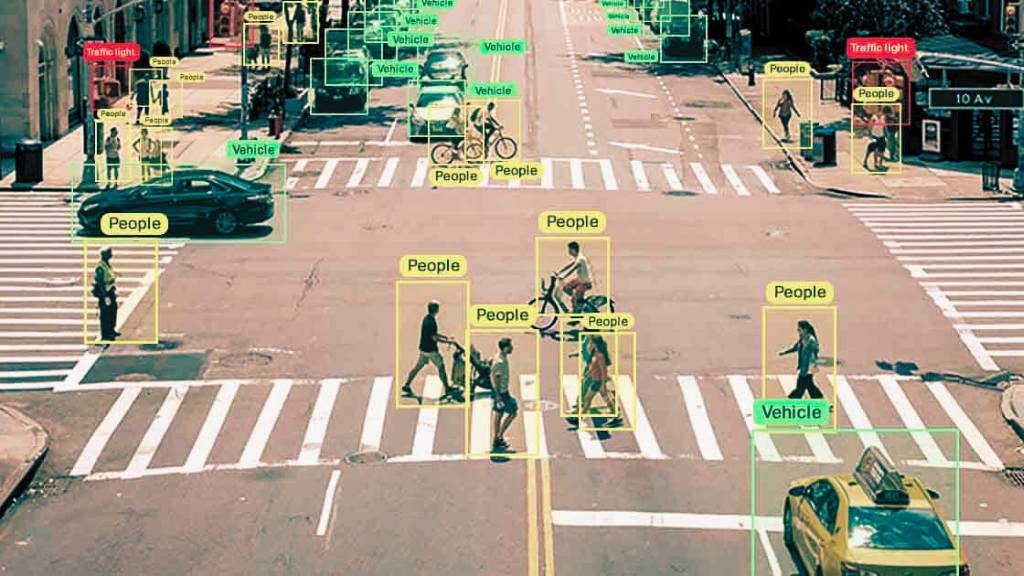
The strengths of bounding boxes as a labeling method are their simplicity and efficiency. Bounding boxes are easy to draw and can be labeled quickly and accurately. They are also easy to use as input for machine learning algorithms, as they provide a clear and consistent representation of the objects in the data.
However, bounding boxes also have some weaknesses. They are not well-suited for labeling irregularly shaped objects or objects with complex structures. They also do not provide information about the precise location of the object within the box, which can be a limitation for some applications.
2. Polygons
Polygons are a more flexible labeling method than bounding boxes, as they can be used to label irregularly shaped objects or objects with holes in them. A polygon is a closed shape that is drawn around an object in an image or video frame. The shape is labeled with the class of the object it contains. For example, in an image of a cell, a polygon might be drawn around the nucleus or the cytoplasm.
The strengths of polygons as a labeling method are their flexibility and accuracy. Polygons can be used to label a wide range of objects, regardless of their shape or structure. They also provide more precise information about the location of the object within the shape, which can be useful for some applications.
However, polygons also have some weaknesses. They can be more time-consuming to draw and label than bounding boxes, especially for complex shapes. They also require more storage space and computational resources, as they contain more information than bounding boxes.
3. 2-D and 3-D Points
2-D and 3-D points are labeling method that is used to identify specific points or landmarks within an image or video frame. The points are labeled with the class of the object they belong to. For example, in an image of a face, points might be labeled for the eyes, nose, and mouth.
The strengths of 2-D and 3-D points as a labeling method are their precision and accuracy. They provide a detailed and consistent representation of the objects in the data, which can be useful for applications that require fine-grained analysis or tracking.
However, 2-D and 3-D points also have some weaknesses. They can be more time-consuming to label than bounding boxes or polygons, especially for large datasets. They also require more storage space and computational resources, as they contain more information than other labeling methods.
4. Semantic Segmentation
Semantic segmentation is a labeling method that is used to identify and label every pixel in an image or video frame with the class of the object it belongs to. For example, in an image of a street scene, every pixel might be labeled with the class of the object it belongs to, such as road, sidewalk, building, or car.
The strengths of semantic segmentation as a labeling method are its accuracy and granularity. It provides a detailed and comprehensive representation of the objects in the data, which can be useful for applications that require precise analysis or segmentation.
Choosing the Right Labeling Method
Choosing the right labeling method depends on several factors, including the type of data, the specific use case, and the available tools and resources. Some labeling methods may be more suitable for certain types of data or applications than others. For example, bounding boxes may be more suitable for object detection tasks, while semantic segmentation may be more suitable for image segmentation tasks. When choosing a labeling method, it is important to consider the trade-offs between accuracy, efficiency, and complexity.
It is recommended to experiment with different labeling methods and evaluate their performance on a small subset of the data before scaling up to larger datasets. This can help identify the strengths and weaknesses of each method and inform the decision of which method to use for the specific use case.
Top 15 Data Labeling Platforms
1. Label Your Data
This platform offers an intuitive interface for data annotation, making it easy even for those new to the world of data labeling. It is versatile and supports various types of data such as images, text, and videos.
2. People for AI
A community-driven platform, People for AI harnesses the power of its user base to provide labeled datasets. The collective intelligence ensures diverse and accurate labeling.
3. Suntech AI
Suntech AI combines AI-driven mechanisms with human intelligence to provide high-quality labeled data. They pride themselves on speed and scalability, making them suitable for larger projects.
4. Cloud Factory
Specializing in manual data labeling, Cloud Factory offers a workforce trained in handling intricate data labeling tasks, ensuring the dataset’s accuracy and relevance.
5. ByteBridge
An AI-powered data labeling tool, ByteBridge stands out with its real-time data labeling progress updates, allowing users to monitor the project’s progress and ensuring timely completions.
6. Zuru Annotation Platform
Zuru is designed for teams, emphasizing collaboration and consistency. Features like label verification and audit trails make it a reliable choice.
7. Edgecase
Offering a rich set of tools, Edgecase provides solutions for data enrichment and annotation, aiming to enhance the dataset’s quality and usability.
8. AIMLEAP – Outsource Bigdata
Marrying data labeling with big data solutions, AIMLEAP ensures that large datasets are managed and labeled efficiently. Their expertise in big data means datasets are processed faster and with precision.
9. Supahands
Touting a combination of human touch and technology, Supahands provides bespoke data labeling solutions that are tailored to the client’s requirements.
10. Triyock BPO Services
Triyock specializes in business process outsourcing and extends its expertise to data labeling. They offer a range of services, including image annotation and text categorization.
11. Clickworker
Harnessing the power of a global crowd, Clickworker provides scalable data labeling solutions. The platform is known for its flexibility and wide reach.
12. Epinote

Epinote emphasizes security alongside quality. Their platform is designed to ensure that data labeling is done with utmost confidentiality.
13. FiveS Digital
With a focus on digital transformation services, FiveS Digital extends its services to data labeling, ensuring datasets are prepared to keep in mind the end-user.
14. LabelOps
LabelOps combines operational expertise with data labeling. They streamline the process to ensure efficiency without compromising on quality.
15. ANOLYTICS
A renowned platform in the data labeling landscape, ANOLYTICS combines AI-driven tools with human expertise, ensuring both efficiency and precision in data annotation tasks.



